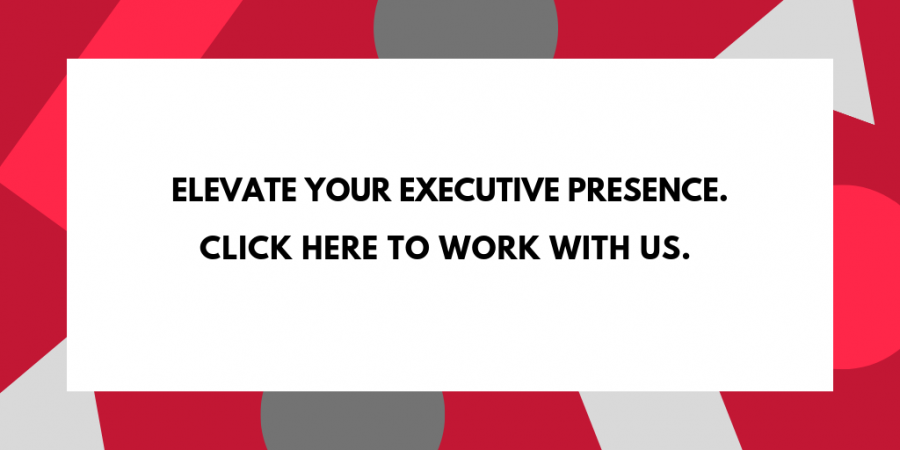Public speaking and presentation habits can behave a little like the moles in the arcade game of whac-a-mole – if you deem the behavior bad or wrong, you bat it away and it pops up elsewhere. Perhaps it appears slightly changed, but it appears nonetheless. For example, you quit smoking, you start eating donuts, stop donuts, start chewing your nails, quit chewing your nails, start smoking….
There are many behaviors we may believe are ineffective or wrong for presenting. Using filler words, rocking from side to side, using your hands or not using your hands, moving too much or not moving enough are just a few of the classics. To avoid whac-a-mole, it is helpful to figure out why you may have adopted a certain habit. Rarely, if at all, does someone set out to create a habit thinking, “I’ll use all kinds of filler words so I’m an ineffective or ineffectual speaker” – or in bolder terms, we don’t create habits in order to “suck.” We create habits to survive.
In working to get rid of a particular habit, it may be helpful to think about why you might be doing it. If you tend to use a specific filler word and you simply decide to stop using it, most often it just changes sounds and pops up as a different filler: “um” changes to “so,” for example. Perhaps you are worried that if you pause or have a moment of silence you will lose your listeners, or that by the silence, they will think you don’t know what you are talking about. Possibly, you may think they will interrupt you or question your authority on a subject. It’s helpful to realize that silence is important for your audience even if it is just a fraction of a second. In that silence they get to process what you have been saying. Also, it can be exhausting to audibly search for a speaker’s message in the midst of all the verbal noise. Listeners may give up and start thinking about other things.
Perhaps you close off physically as well as verbally, by crossing your arms or turning your head, while speaking at your audience with mostly one eye. Uncrossing your arms can make you feel very exposed, and without making a little note to yourself, you may feel vulnerable or too open. When you remove the crossed arms, closure may reappear as some other habit that keeps you hidden, such as adopting a softer voice or indirect eye contact.
While presenting, if a habit appears, notice it and see if it is giving you a message. Take note and adjust if possible. If you start to feel your voice getting tight or strained, become aware that you are uncomfortable or nervous, and if you can give a quick thought to what is causing you to react that way, you can purposefully adjust your breathing and your attitude and get back on track.
Most importantly, go easy on yourself and on others. Give room for error and growth – “space for grace” – as we all journey to better ourselves, knowing that some days it can go more easily than others. Creating effective habits, replacing ineffective habits and just becoming aware of our own habits, in general, takes time. Make friends with your habits. Let them be helpful guides to improving clear communication.
Many important books have been written exploring the science and impact of habits. The Power of Habit: Why We Do What We DO in Life and Business is excellent and The Seven Habits of Highly Effective People is a well-deserved classic and there are many others. If you have a favorite, please send the title to us, along with any comments, and we’ll share those on the blog.



